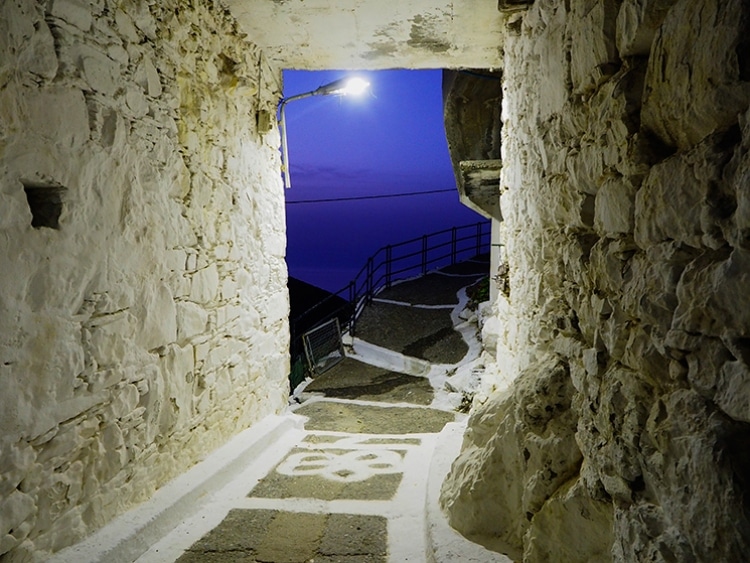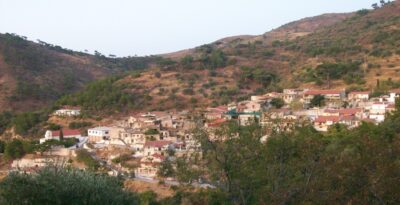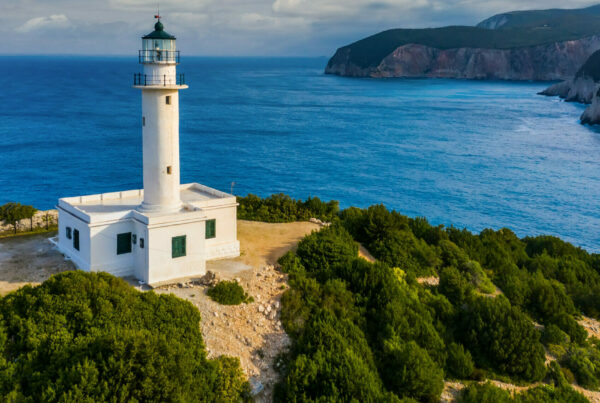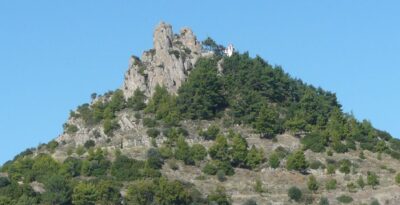They create a wall around the village
Greece has many villages that stand out because they have something special. A strange story behind their creation or a feature about their past. This is also the case with the Greek village in which the houses are built one stitched to the other. We are talking about Leptopoda of Chios island in the Dodecanes. The images of the village explain its peculiarity.
It is indeed a very special village. The narrow streets sink under the stoae, whose entrances are decorated with arches. Its name comes from the words ‘thin fields’. It refers to the small and shallow in soil plains. This mountain village stands out, not only for its natural beauty but also for its architecture. Leptopoda is built at an altitude of 260 meters, between the northeast slopes of Mount Amani and the northern slopes of the highest mountain of Chios island, Pelinaion. What makes it stand out is that the houses are reminiscent of an outer wall. They’re all built together.
The historicity of the mountain village of Leptopoda, like all the villages of Chios, is evidenced both by its architecture and by the local linguistic specificity. There, you will see houses and stoae with arches but also medieval main names, such as Evangelini, Stamatini, as well as ruins of ancient buildings.
The special way houses are built
But the main feature, as we said, of the village, is the way the houses are built. One is built so close to the other that they form an outer wall. The alleys pass under archways, and they are particularly narrow. In some places, the entrance to the stoae or the archways is accompanied by a bow-like entrance, known as the arch. Above the galleries, houses are built, which have very small windows.

The houses that are built further inside didn’t have any windows, thus, they had a hole in the roof to get some light in. The central church of the village is dedicated to the Birth of the Virgin Mary and was recently renovated. Its construction dates back to around 1400 AD.
Also, parts of ancient buildings have been found in the area where the village is built and around it as well. In the location of “the Patriarch” ruins from an old building are preserved and “Paleopyrgos”, also an area of the village, is said to have been an old hermitage, according to the local tradition. All this blends harmoniously with the natural beauty of the village.
A special but unknown part of Greece…




